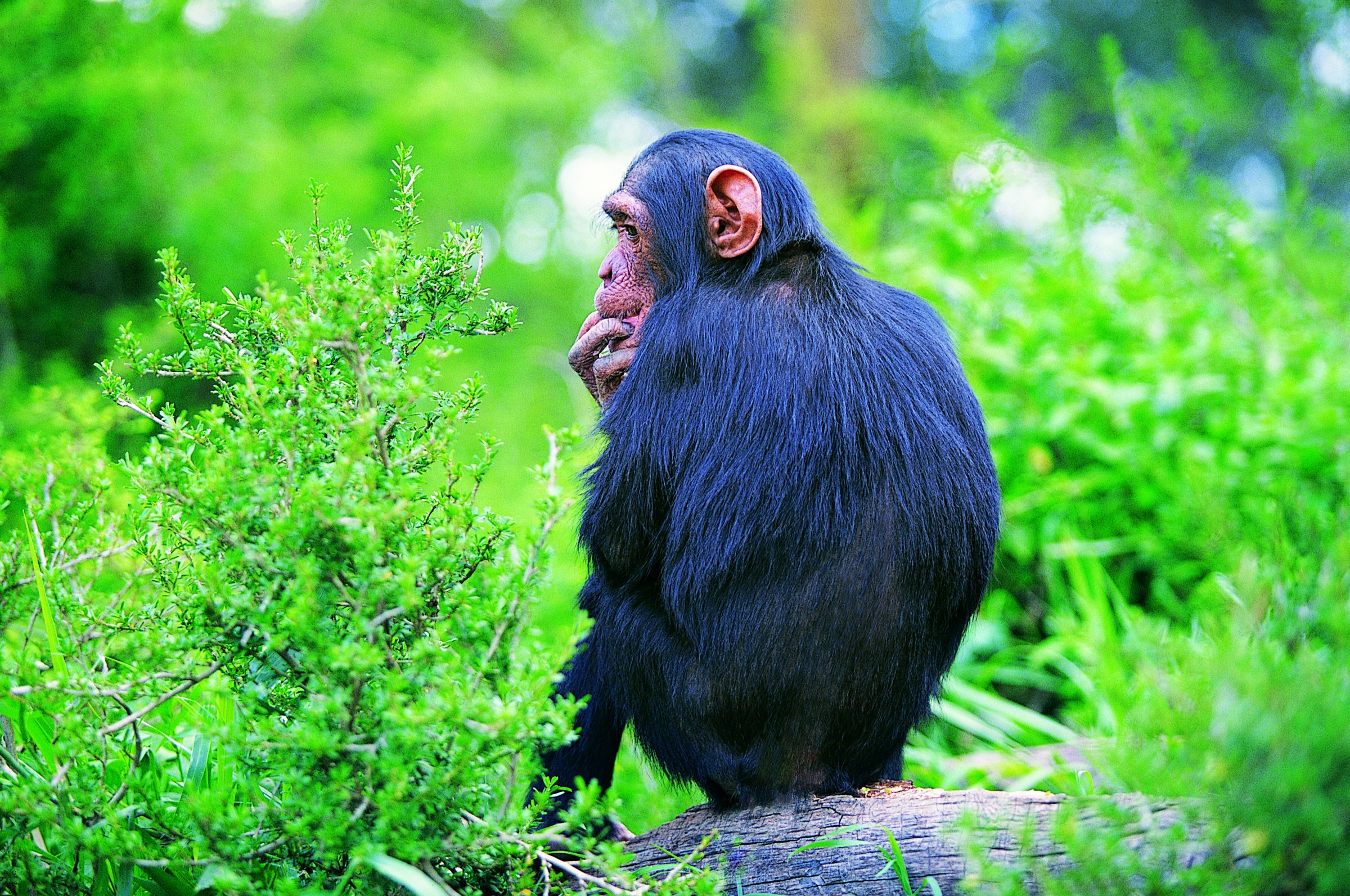
It started with what seemed to be an ordinary dead chimpanzee. But when Fabian Leendertz, head of epidemiology and highly pathogenic microorganisms at the Robert Koch Institute in Germany, and his colleagues did an autopsy on the ape in 2001, they found that the pathogen likely responsible for the chimp’s death contained fragments similar to those found in Bacillus anthracis: the infection responsible for lethal disease in animals and people.
When they started to grow the bacterium, however, it didn’t act like B. anthracis. “It behaved strangely, not like anthrax should behave,” says Leendertz.
What killed the chimp turned out to be a related bacterium, Bacillus cereus, which somehow co-opted the two pathogenic segments of DNA that made it as dangerous as its cousin B. anthracis.
Now, in a paper published in the journal PLOS Neglected Tropical Diseases, Leendertz describes four more cases of the B. cereus infection found in a wider range of animals: a goat, some gorillas and an elephant, as well as chimps. All of the animals were sick or dead when discovered and were found in Cameroon, the Central African Republic and the Democratic Republic of Congo. B. cereus is found everywhere in the environment, says Leendertz, and is a common pathogen that normally doesn’t cause disease. But when it picks up the two pathogenic fragments that characterize B. anthracis, it appears to be just as dangerous, and lethal, as anthrax.
The discovery highlights the importance of regular monitoring programs for new pathogens. Previous epidemics, including HIV and Ebola, also began similarly with a few isolated cases of virulent strains that killed animals. In those instances, the infection spread from animals to people through the practice of hunting and eating the bush meat from infected animals. “We know bush meat is traded all the way to Europe and the U.S.,” says Leendertz.
He notes that while B. anthracis and B. cereus so far don’t spread easily from animal to animal or person to person through casual contact, the fact that these bacteria form spores means they can be transported intact over long distances and remain virulent over long periods of time.
Monitoring native animal populations, and understanding what may be infecting and even killing them, is an important part of keeping on top of emerging infections. Leendertz is working with local African partners to focus specifically on unusual deaths among great apes, since they are closely related to humans and could be a harbinger of potentially new disease-causing infections. “If we do a fishing expedition looking for hundreds of new pathogens, we’ll never know what that means,” he says. “But if we find a dead great ape, or a dead primate, then we can be certain it means something.”
More Must-Reads from TIME
- Cybersecurity Experts Are Sounding the Alarm on DOGE
- Meet the 2025 Women of the Year
- The Harsh Truth About Disability Inclusion
- Why Do More Young Adults Have Cancer?
- Colman Domingo Leads With Radical Love
- How to Get Better at Doing Things Alone
- Michelle Zauner Stares Down the Darkness
Contact us at letters@time.com